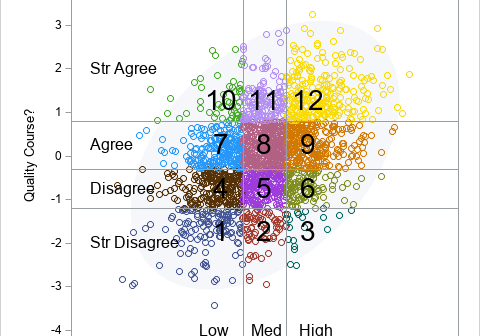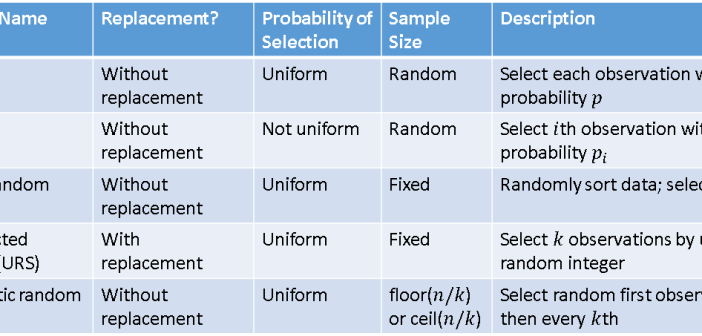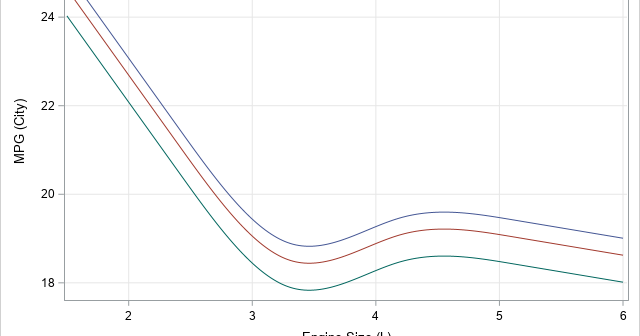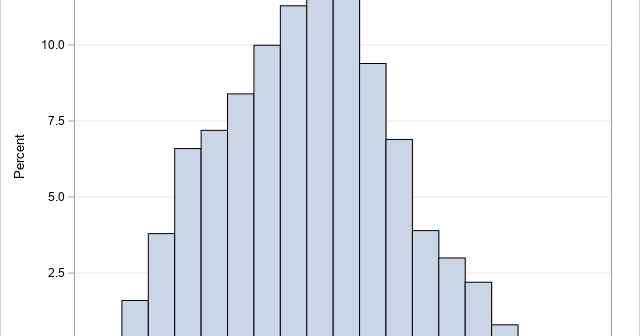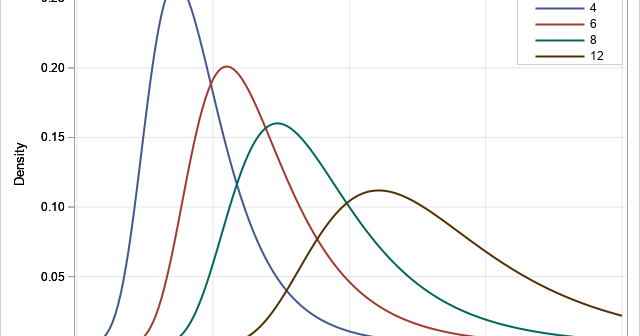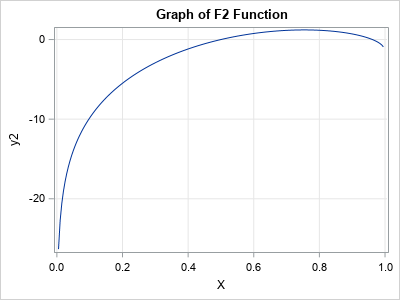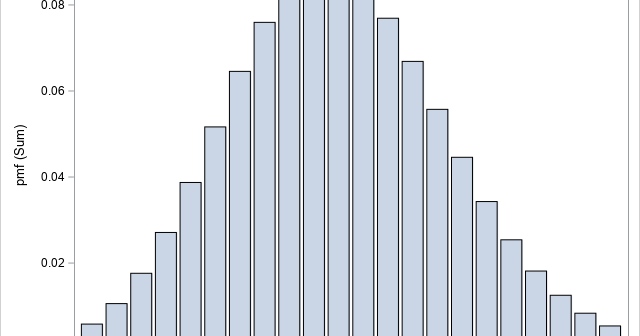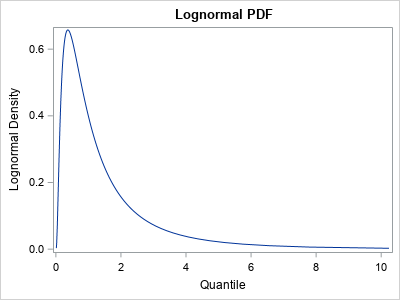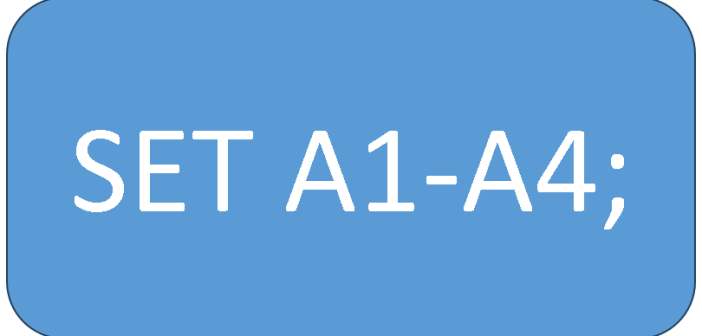
Here's a SAS tip for you. Most SAS programmers know that SAS provides syntax that makes it easy to specify a list of variables. For example, you can use the hyphen and colon operators to specify lists of variables on many SAS statements: You can use the hyphen operator (-)

